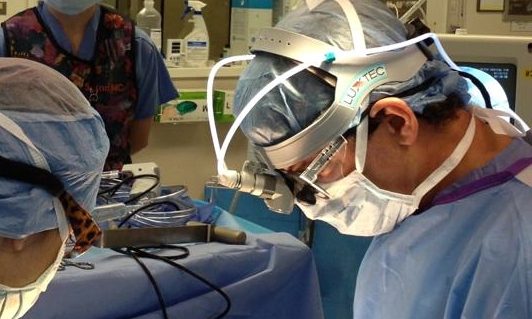
The use of Amniofix in spinal fusion surgeries may reduce scar tissue formation and adhesion and lead to safer, easier revision spine surgeries.
Lead In
Scar tissue forms as part of the natural healing process. Any type of surgery can result in scar tissue formation. Promising results from the study conducted by the Spinal Research Foundation (SRF) showed that the use of dehydrated amniotic membrane can help reduce scar formation and promote wound healing. With less scar formation, surgeons could have an easier time during secondary surgeries, leading to less damage for the patients. The rate of complications from surgery could be decreased as well.
Summary of Amniofix
Any type of surgery can result in scar tissue formation. In the spine, scar tissue can cause pain and it makes later surgeries in the same area more difficult and riskier. Spinal patients sometimes need more than one surgery in the same area for a variety of reasons, including removal of instrumentation or revision surgeries. If scar tissue has formed, these later surgeries can be very difficult for surgeons. The Spinal Research Foundation investigated the use of amniotic membrane as a method to reduce scar tissue.
The SRF study showed promising results, with 4 out of 5 patients showing less scar tissue formation. This allowed for easier surgeries, since the tissues in the area would not stick together as terribly as they would with normal scar formation. Back pain and leg pain decreased on average, with back pain decreasing a significant amount.
Studies show that the use of amniotic membrane can assist in the healing of wounds, due to its unique properties such as reducing inflammation and reducing scar tissue formation. While the usage of dehydrated amniotic membrane in the spine has not been widely used, SRF’s study shows promise in this area looking forward.


